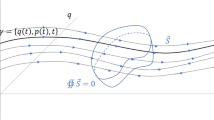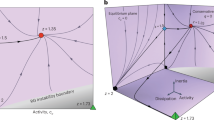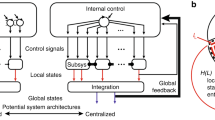Abstract
WHEN I said in NATURE (April 22) that Herbert Spencer was the first to apply the principle of similitude to dynamical problems in biology, I spoke in haste. I might have remembered that Borelli had shown, by help of this principle, that a man would never be able to fly by his own muscular power, and why (for instance) small animals are more active and leap higher than big ones. But I was quite ignorant of the fact that Galileo had treated the whole subject on the broadest lines and with the utmost clearness. His discussion will be found in the âœDialogues concerning Two New Sciences, admirably translated by Prof. Henry Crew and Alfonso de Salvio (New York: The Macmillan Co.; London: Macmillan and Co., Ltd., 1914). So numerous and interesting are the subjects dealt with in this wonderful book that the writer of a long and laudatory notice in NATURE (December 24, 1914) had not time or space to mention that the principle of similitude and the subject of animal mechanics are alluded to therein. The following extract (op. cit., p. 130) is but a small part of what Galileo has to say upon the principle of similitude:—
This is a preview of subscription content, access via your institution
Access options
Subscribe to this journal
Receive 51 print issues and online access
$199.00 per year
only $3.90 per issue
Buy this article
- Purchase on Springer Link
- Instant access to full article PDF
Prices may be subject to local taxes which are calculated during checkout
Similar content being viewed by others
Rights and permissions
About this article
Cite this article
THOMPSON, D. Galileo and the Principle of Similitude. Nature 95, 426–427 (1915). https://doi.org/10.1038/095426a0
Issue Date:
DOI: https://doi.org/10.1038/095426a0
This article is cited by
-
Heterophase polymerization: pressures, polymers, particles
Colloid and Polymer Science (2015)
-
Ontogenetic development of skeletal weight in a small delphinid, Delphinus delphis (Cetacea, Odontoceti)
Zoomorphology (1985)
Comments
By submitting a comment you agree to abide by our Terms and Community Guidelines. If you find something abusive or that does not comply with our terms or guidelines please flag it as inappropriate.



